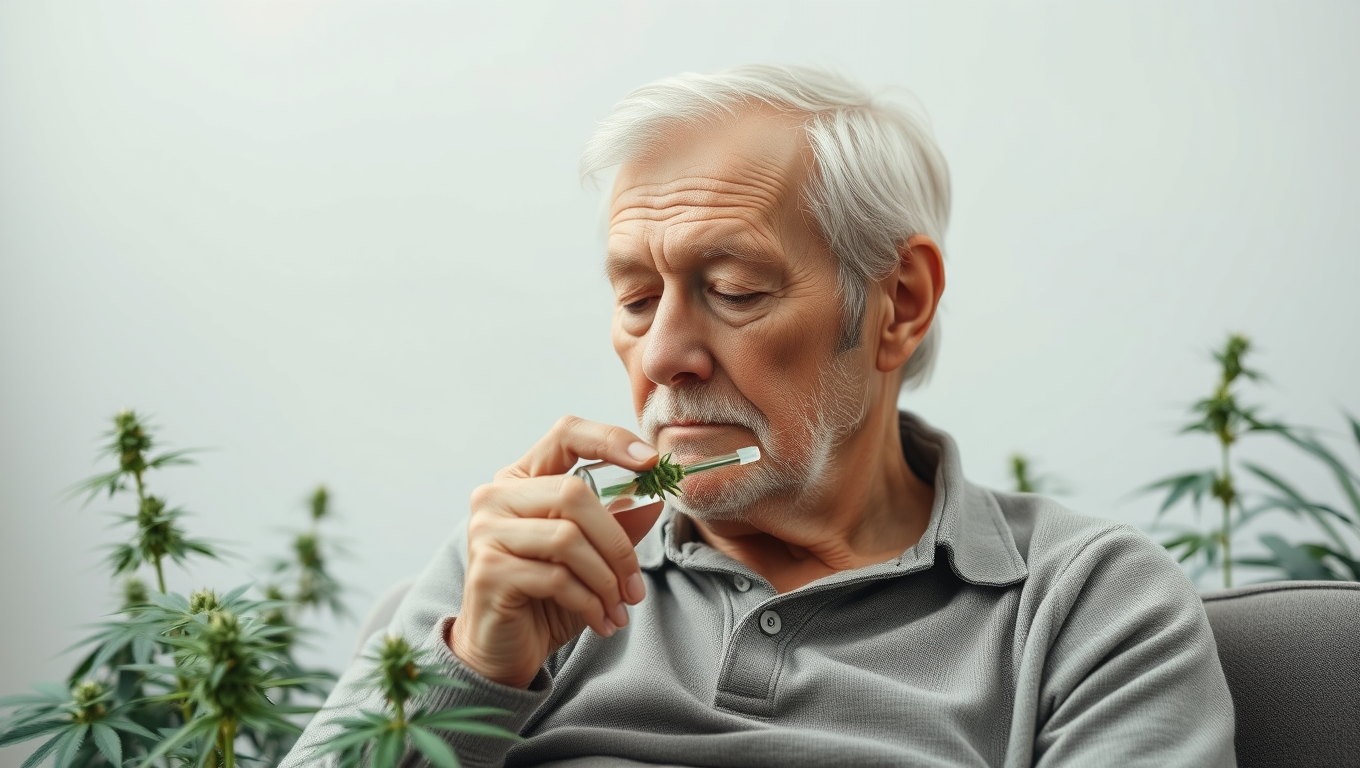While we try to keep things accurate, this content is part of an ongoing experiment and may not always be reliable.
Please double-check important details — we’re not responsible for how the information is used.
Controlled Substances
The Dark Side of High: How Marijuana Use Can Increase Heart Attack Risk
Marijuana is now legal in many places, but is it safe? Two new studies add to mounting evidence that people who use cannabis are more likely to suffer a heart attack than people who do not use the drug, even among younger and otherwise healthy adults. The findings are from a retrospective study of over 4.6 million people and a meta-analysis of 12 previously published studies.

Alternative Medicine
Synthetic Storm: The Alarming Rise of THC, CBD, and SCs Vaping Among US Adolescents
Teen vaping is changing fast — and not in a good way. A large national study found that more adolescents are vaping THC, CBD, and especially synthetic cannabinoids, which are often unregulated and far more dangerous. Even more troubling, many teens don’t know what’s in their vape pens at all. Researchers also found that girls are now more likely than boys to vape these substances. As these mysterious and risky chemicals gain popularity, scientists are sounding the alarm about the urgent need for better education, regulation, and awareness.
Addiction
Cannabis Use Among Seniors Surges 46% in Two Years—Study Reveals
Cannabis use among older Americans has climbed dramatically, with 7% of adults 65 and older now reporting recent use. This rise isn’t just in numbers but also in diversity older users today are more likely to be women, college-educated, and higher-income. Researchers suggest legalization and growing social acceptance are contributing factors, especially in states with medical marijuana laws. The trend is especially notable among those with chronic illnesses, raising both opportunities and concerns for medical professionals trying to balance symptom relief with the complexities of aging.
Biology
The Dark Side of Marijuana Use: A New Study Reveals Cardiovascular Risks
A new study finds that chronic cannabis use — whether it’s smoked or consumed in edible form — is associated with significant cardiovascular risks.
-

 Detectors3 months ago
Detectors3 months agoA New Horizon for Vision: How Gold Nanoparticles May Restore People’s Sight
-

 Earth & Climate4 months ago
Earth & Climate4 months agoRetiring Abroad Can Be Lonely Business
-

 Cancer4 months ago
Cancer4 months agoRevolutionizing Quantum Communication: Direct Connections Between Multiple Processors
-

 Agriculture and Food4 months ago
Agriculture and Food4 months ago“A Sustainable Solution: Researchers Create Hybrid Cheese with 25% Pea Protein”
-

 Diseases and Conditions4 months ago
Diseases and Conditions4 months agoReducing Falls Among Elderly Women with Polypharmacy through Exercise Intervention
-

 Albert Einstein4 months ago
Albert Einstein4 months agoHarnessing Water Waves: A Breakthrough in Controlling Floating Objects
-

 Chemistry3 months ago
Chemistry3 months ago“Unveiling Hidden Patterns: A New Twist on Interference Phenomena”
-

 Earth & Climate3 months ago
Earth & Climate3 months agoHousehold Electricity Three Times More Expensive Than Upcoming ‘Eco-Friendly’ Aviation E-Fuels, Study Reveals





























